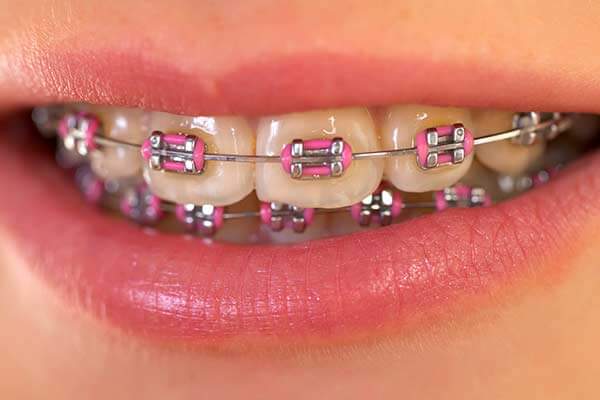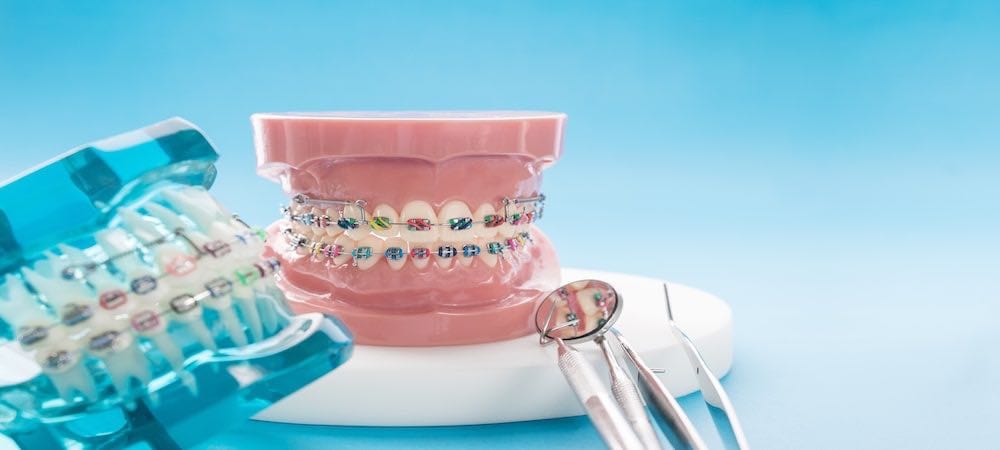Comprehensive Overview to Orthodontics Treatments for Fixing Dental Misalignments
In the world of orthodontics, the trip to attaining a flawlessly aligned smile involves a myriad of treatments customized to correct dental misalignments. From traditional braces to invisible aligners and even surgical options, the field of orthodontics provides a series of options to address varying degrees of dental irregularities. Understanding the complexities of each treatment, including their devices, advantages, and possible downsides, is critical in making educated choices concerning one's orthodontic therapy. As we browse with the extensive guide to orthodontic procedures for correcting dental misalignments, the detailed information of each technique will unfold, shedding light on the path towards a practical and harmonious oral placement.
Orthodontic Procedures Overview

Along with traditional dental braces and clear aligners, orthodontists may additionally recommend other treatments like headgear, palatal expanders, or retainers to deal with specific placement issues (braces). These treatments are customized per client's special needs and might entail a mix of treatments to achieve the preferred results. Normal adjustments and tracking are critical parts of orthodontic treatment to guarantee progression gets on track and to make any type of needed alterations in the process. By undertaking orthodontic treatments, patients can not just attain a straighter grin yet additionally boost their total dental wellness and function.
Traditional Dental Braces: Just How They Function
When taking into consideration orthodontic treatments for oral misalignments, typical braces attract attention as a tried and true approach for fixing teeth placing. Conventional dental braces contain braces, wires, and bands that function together to use continuous pressure on the teeth, slowly moving them right into the desired placement. The brackets are attached to the teeth using an unique adhesive, and the wires are threaded with the brackets. By adjusting the tension of the cords, orthodontists can control the direction and pressure applied to each tooth, assisting them into correct alignment in time.
As pressure is applied to the teeth with the braces, the bone surrounding the teeth is reshaped to sustain the brand-new tooth settings. Clients will certainly need normal adjustments at the orthodontist's office to make certain the dental braces proceed to apply the right pressure for effective teeth movement.
Unnoticeable Aligners: Advantages And Disadvantages
These clear, customized trays are virtually undetectable when worn, making them an enticing option for individuals looking for an extra aesthetically pleasing orthodontic treatment. Patients can get rid of the aligners before eating or cleaning their teeth, decreasing the risk of food obtaining stuck in the appliance and streamlining the cleansing process.

Surgical Orthodontic Options
Surgical treatments in orthodontics existing sensible alternatives for resolving intricate oral imbalances that may not be efficiently fixed through conventional orthodontic therapies. While invisible aligners and typical dental braces can fix numerous orthodontic issues, particular situations need surgical treatment to accomplish optimal outcomes. Surgical orthodontic choices are usually recommended for severe malocclusions, significant jaw disparities, and instances where the underlying bone structure requires adjustment to achieve correct alignment.
One common medical orthodontic procedure is orthognathic surgical procedure, which includes repositioning the jaws to remedy functional concerns such as problem speaking or eating. This surgery is often done in collaboration with an orthodontist who helps straighten the teeth before and after the treatment. Surgical orthodontics may likewise entail procedures to reveal impacted teeth, get rid of excess gum cells, or reshape the jawbone to produce an extra harmonious face account.
Before taking into consideration surgical orthodontic alternatives, patients go through a thorough examination to determine the requirement and possible advantages of such treatments. cumming orthodontist. While surgical procedure may seem daunting, it can substantially boost both the feature and visual appeals of the smile in situations where standard orthodontic therapies fall short
Retainers and Post-Treatment Care

Failing to conform with post-treatment care guidelines can result in relapse, where the teeth slowly move back towards their initial positions. Regular retainer wear, excellent oral hygiene, and normal oral check-ups are important for maintaining the results attained with orthodontic surgery and guaranteeing the long-lasting security of the dealt with dental alignment.
Conclusion
In final thought, orthodontic procedures supply different alternatives for fixing oral misalignments. Surgical orthodontic choices are readily available for much more serious imbalances. In general, orthodontic treatments can properly improve oral health and wellness site link and visual look.
As we navigate through the extensive overview to orthodontic treatments for fixing oral imbalances, the detailed information of each technique will certainly unfold, shedding light on the path toward a functional and harmonious dental placement. - cumming orthodontics
One of the most usual orthodontic therapies is the use of braces, which are composed of steel braces and cords that apply gentle stress to progressively shift teeth into the desired position.When thinking about orthodontic treatments from this source for dental imbalances, traditional braces stand out as a time-tested method for fixing teeth placing. In addition, unseen aligners might not be ideal for complex orthodontic issues that need more significant teeth movement, as they are normally advised for light to modest situations. Retainers are tailor-made orthodontic gadgets developed to hold teeth in their fixed positions after the completion of orthodontic treatment.